




Easy Ways to Teach Kids How to Read Analog and Digital Clocks
What is the time? This is one of the most frequently asked questions in English, and for good reason: knowing the proper time is critical for keeping a well-organised schedule. Knowing how to tell the time allows a person to ensure that they will be able to catch the bus on time or determine whether or not they will be able to attend an event without difficulties.
Learning to read “what’s the time” on a clock is a milestone for children as they grow up since it helps them to be more autonomous and have more influence over their life.
Expressing Time in English
In English, there are various methods to express time. The most common and popular method is to talk about the hours, which involves a person telling what time it is by stating the hour of the day. However, depending on what is the time, there are a variety of methods to do so.
A person could communicate time in a more general way by talking about the time of day when the action is taking place, or in a more formal way by using military time.
Hours of the Day
This is the most common method of telling time. It involves splitting the 24-hour day into two 12-hour parts: a.m. (from the Latin ante meridiem, which means 'before midday') for mornings, and p.m. (from the Latin post meridiem, meaning after midday) for the evening portion of the day.
O’clock
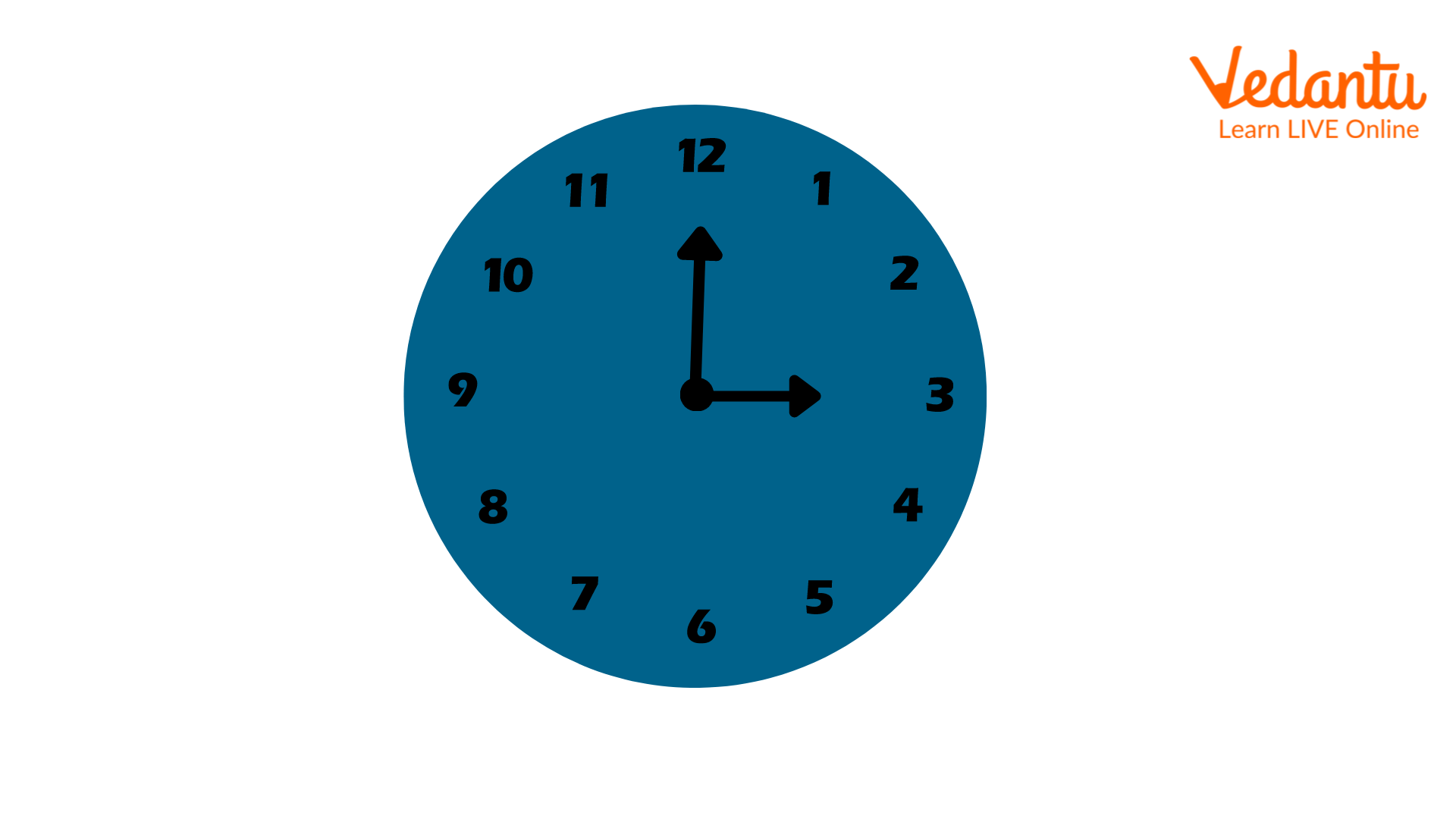
A clock, showing the time as 3 o’clock.
"It's 3 o'clock," for example, is a statement that refers to the hour as a full hour without specifying the minutes. When talking about whole hours, it's often helpful to use a.m. or p.m. to clarify whether it's morning or evening when the context isn't apparent. In these cases, using "o'clock" isn't necessary.
For example, the plane arrives on Saturday afternoon, at 3 o’clock.
Military Time
This method of describing time involves using integers from 0 to 24 to represent the hours in a day. According to it, midnight would be 0:00 and noon would be 12:00.
Expressing Minutes
When telling time in English, there are two methods to talk about minutes. For example, 10:06 would be "ten oh six" (note that when talking about minutes from 01 to 09, the zero is usually written as "oh," which is another way of referring to this number), and 06:36 would be "six thirty-six."
Some examples of this way of talking about the hour are:
11:42 – eleven forty-two
12:02 – twelve oh two
08:16 – eight sixteen
However, minutes are not expressed individually but in groups most of the time.
Half-past
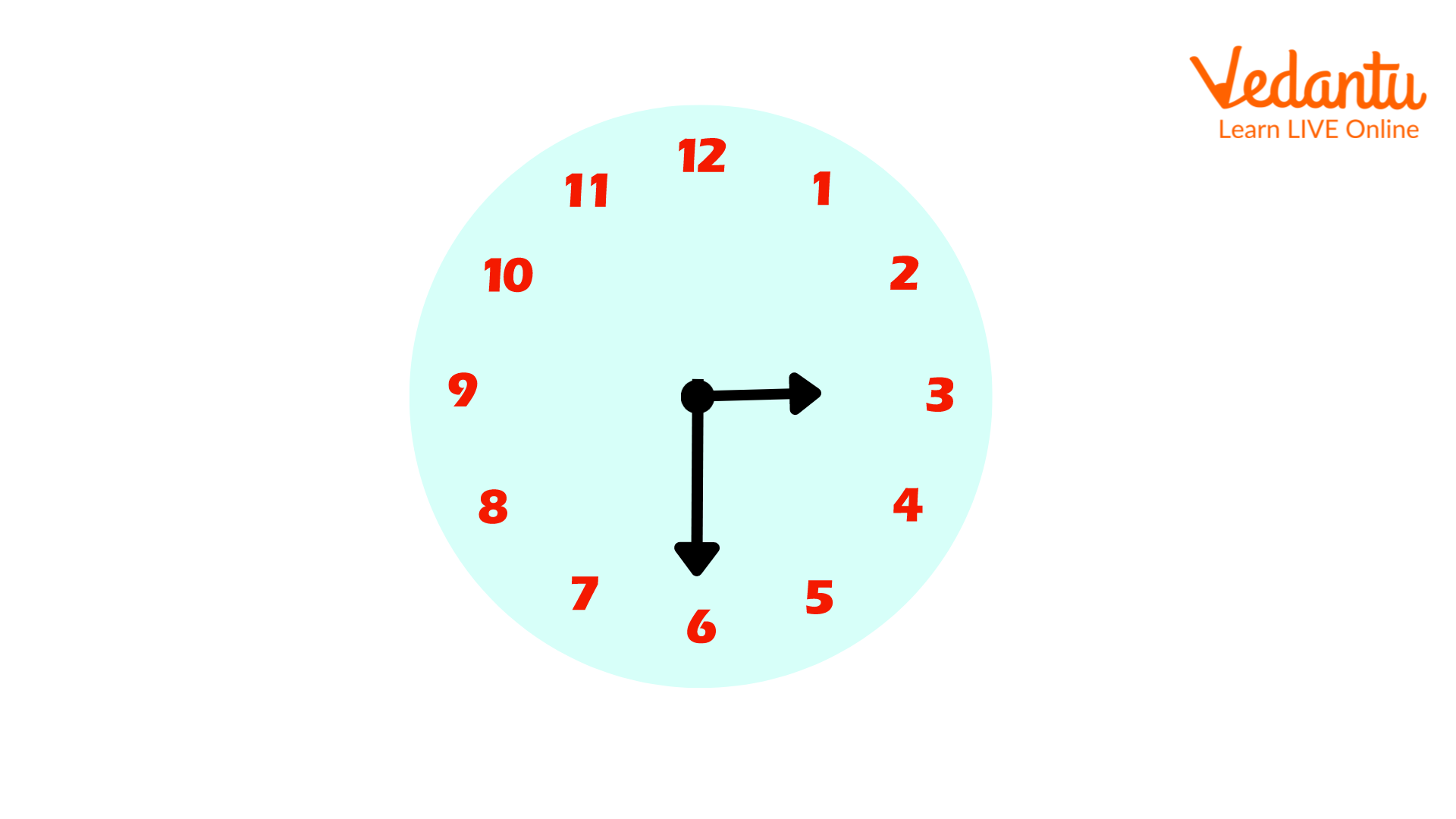
A clock, showing the time as 3:30
This term denotes that half of the hour's minutes (thirty) have already passed, so "half past three" means 03:30.
Quarter past/quarter to
These expressions are used to describe the time when fifteen minutes have elapsed after an hour (quarter past), as well as the time when fifteen minutes remain in an hour (quarter to).
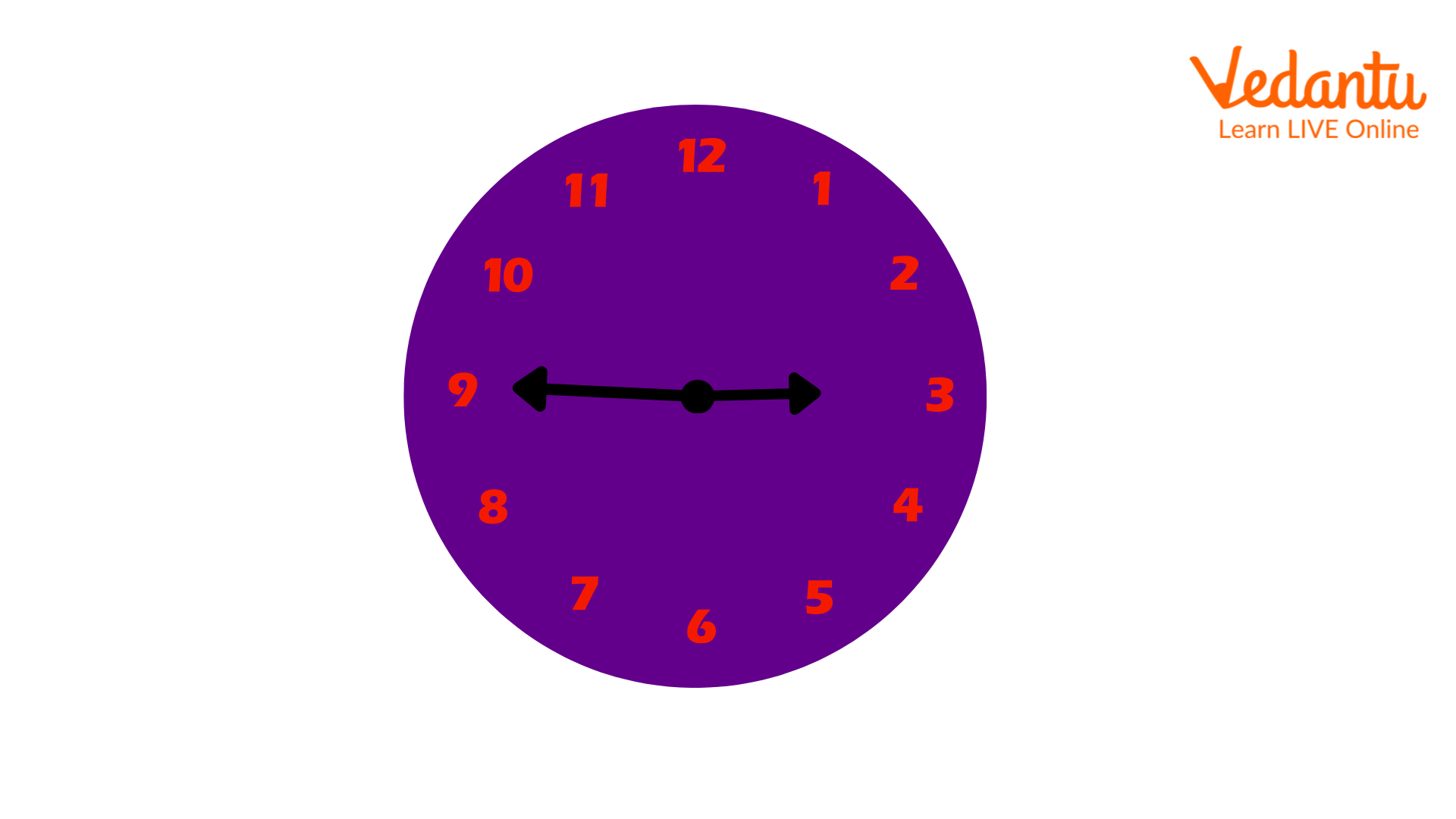
A clock showing the time as 2:45.
02:45 – a quarter to three
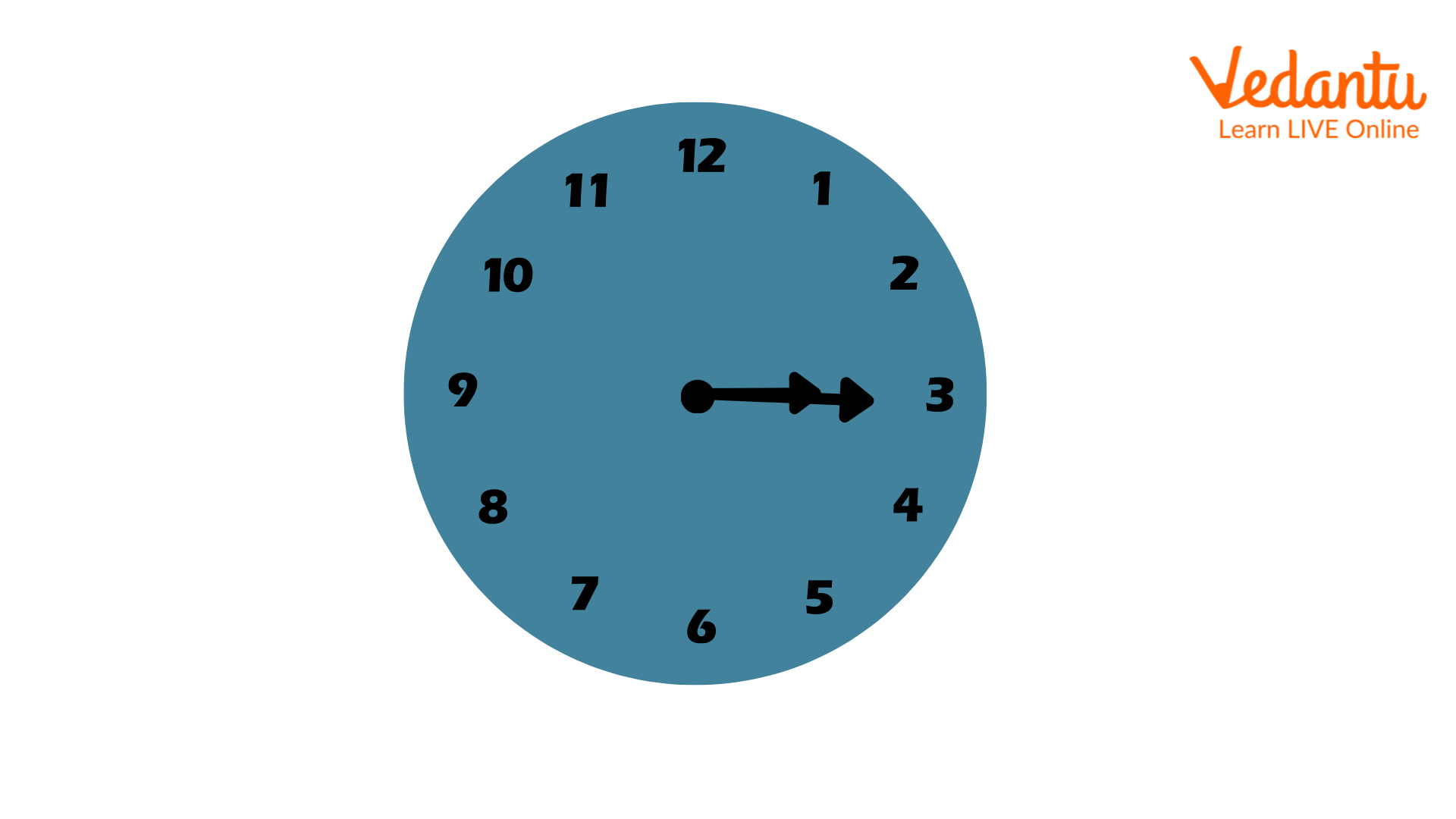
A clock, showing the time as 3:15
03:15 – a quarter past three
To / till / until / past
When discussing the minutes until a given hour, the word ‘to’ is used. If the time is 09:48, for example, it is read as "twelve minutes to ten." When discussing the amount of time or hours till something happens, both ‘till’ and ‘until’ are used, but the former is regarded as more informal. "Two hours until bedtime," for example, can be said this way.
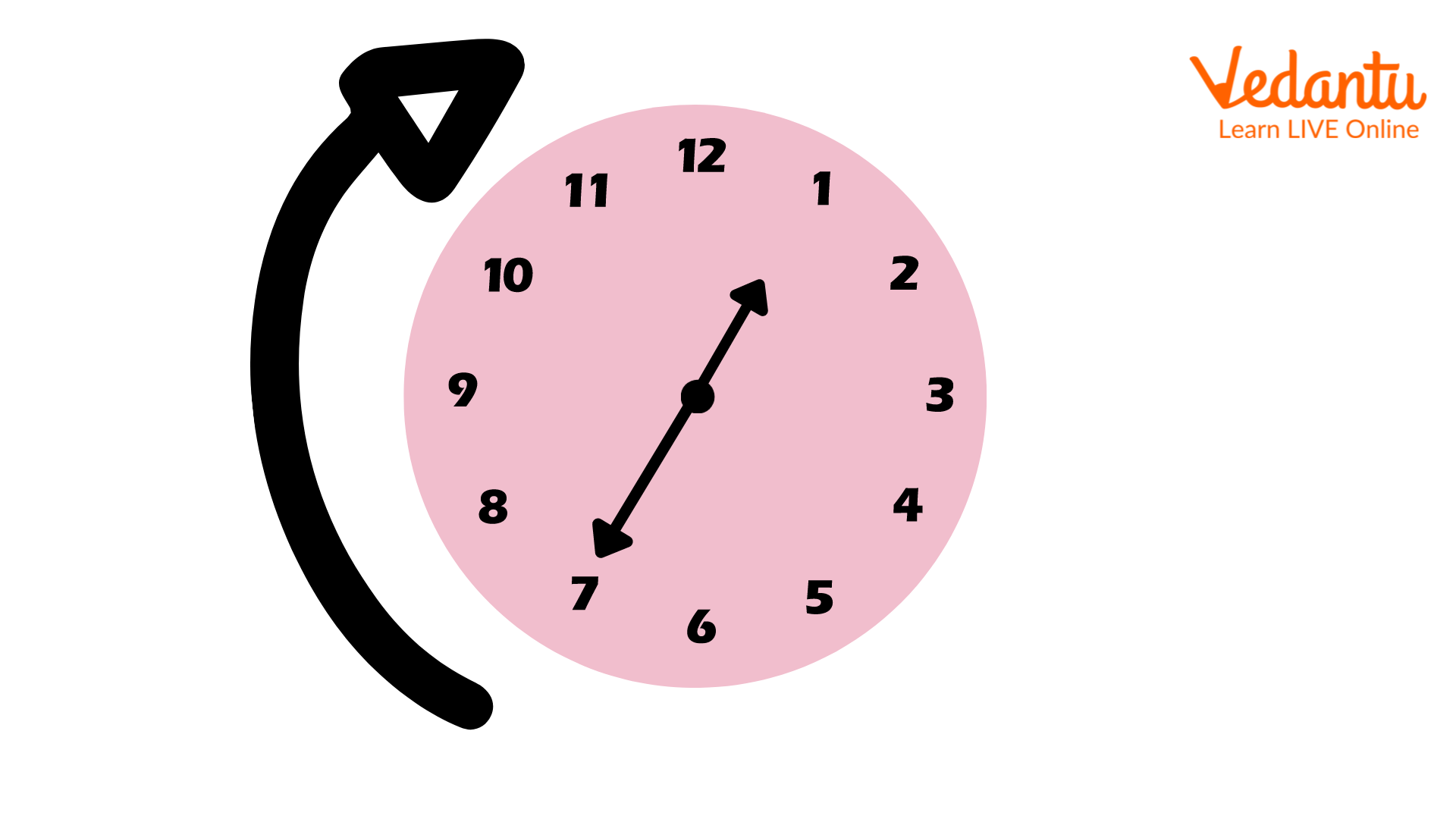
A clock showing twenty-five minutes to one.
It’s twenty-five minutes to one/ Twenty-five minutes until one.
Times of the Day
Even while telling the hour as it is is the most precise way of expressing time, there is another approach that is equally often used. It indicates the time by referring to the time of day. This is a general approach to time, not a precise one. It's mostly used when the precise hour and minute aren't critical.
Sunrise
It's the time of day when the sun comes out, signalling the beginning of the day. For example, I always get up at sunrise when I have classes.
Morning
The time of day after sunrise and before noon is known as morning. It's usually from 6 a.m. until 12 p.m. For example, In the mornings, I always go to school.
Noon / Midday
The middle of the day is referred to as noon or midday. Midday refers to the time between 11 a.m. and 1 p.m., while noon refers to the period between 11 a.m. and 1 p.m. For example, Julia and her mom always have lunch together at noon.
Afternoon
Afternoon refers to the period of time following midday. It normally starts at about 1 or 2 p.m. and lasts until around 6 p.m. For example, Shiwani will organise her toys this afternoon.
Sunset
It's the time of day when the sun sets and everything turns dark, as the name implies. It is around 6 p.m. For example, I go for a walk at sunset.
Evening
The evening begins shortly after sunset and lasts until around 9 p.m. or 10 p.m. For example, we’re going to watch a movie this evening.
Night
Even though night refers to the hours between sunset and sunrise, it is most commonly used to refer to the hours between 10 p.m. and sunrise. For example, Sarah goes to sleep early at night.
Midnight
This term refers to 12:00 a.m. or 00:00 in military time. It is also commonly used to refer to times that are close to this hour. For example, the moon looked lovely at midnight.
Conclusion
In this article, we have learned about time and how to express it. Kids can easily learn how to answer ‘What is the time’ by practising. Though adding words such as noon, midnight, morning etc. helps them to analyse the approximate time, and answer quickly. We hope this article helps kids to learn about time.
To learn more about such interesting articles, visit our website.
FAQs on Learn to Tell Time: A Step-by-Step Guide for Kids
1. What is the first step to learn how to tell time on a clock with hands?
The first step is to understand the two main hands on the clock. The shorter, thicker hand is the hour hand, which points to the hour. The longer, thinner hand is the minute hand, which points to the minutes. Recognising which hand is which is the most important starting point for reading an analog clock.
2. What is the difference between the hour hand and the minute hand?
The primary difference is their function and speed. Here's a simple breakdown:
The Hour Hand: This is the shorter hand on the clock. It moves slowly, taking 12 hours to complete one full circle around the clock face. It tells you which hour it is.
The Minute Hand: This is the longer hand. It moves much faster than the hour hand, completing a full circle in just 60 minutes (or one hour). It tells you how many minutes have passed in the current hour.
3. What does 'o'clock' mean when we tell the time?
The term 'o'clock' is used when the minute hand (the long hand) is pointing directly at the number 12. This signifies the start of a new hour. For example, if the short hour hand is on the 7 and the long minute hand is on the 12, the time is exactly 7 o'clock.
4. How do I read the minutes on an analog clock?
To read the minutes, you look at the long minute hand. The numbers on the clock face (1 through 12) also represent minutes in multiples of five. You can find the exact minute by multiplying the number the minute hand is pointing to by 5. For example:
If the minute hand is on 3, it is 3 x 5 = 15 minutes past the hour.
If it is on 6, it is 6 x 5 = 30 minutes past the hour.
If it is on 9, it is 9 x 5 = 45 minutes past the hour.
5. How are concepts like 'quarter past' and 'half past' used to explain time?
These are common phrases to make telling time easier. 'Quarter past' means 15 minutes have passed since the hour began (when the minute hand points to the 3). 'Half past' means 30 minutes have passed (when the minute hand points to the 6). For example, 'quarter past eight' is another way of saying 8:15, and 'half past eight' means 8:30.
6. Why is learning to tell time important in our daily life?
Learning to tell time is a crucial life skill. It helps us organise our day, be punctual, and understand schedules. For a student, it means knowing when school starts, when it's time for lunch, and when your favourite TV show begins. It helps us manage our activities and be responsible.
7. Why does a clock have numbers from 1 to 12 if there are 24 hours in a day?
This is a great question! An analog clock face only shows 12 hours to keep it simple and easy to read. The hour hand makes two full rotations (or circles) in a 24-hour period. The first rotation covers the 'a.m.' hours (from midnight to noon), and the second rotation covers the 'p.m.' hours (from noon to midnight). So, 8 o'clock happens twice a day: once in the morning (8 a.m.) and once in the evening (8 p.m.).
8. At what age should a child be able to tell time?
Children learn at different paces, but there are general milestones. By ages 6-7 years (around Class 1 or 2), most children can learn to read the time to the nearest hour and half-hour. By age 8 (around Class 3), they can typically read time to the nearest five minutes and understand concepts like 'quarter to' and 'quarter past'.















